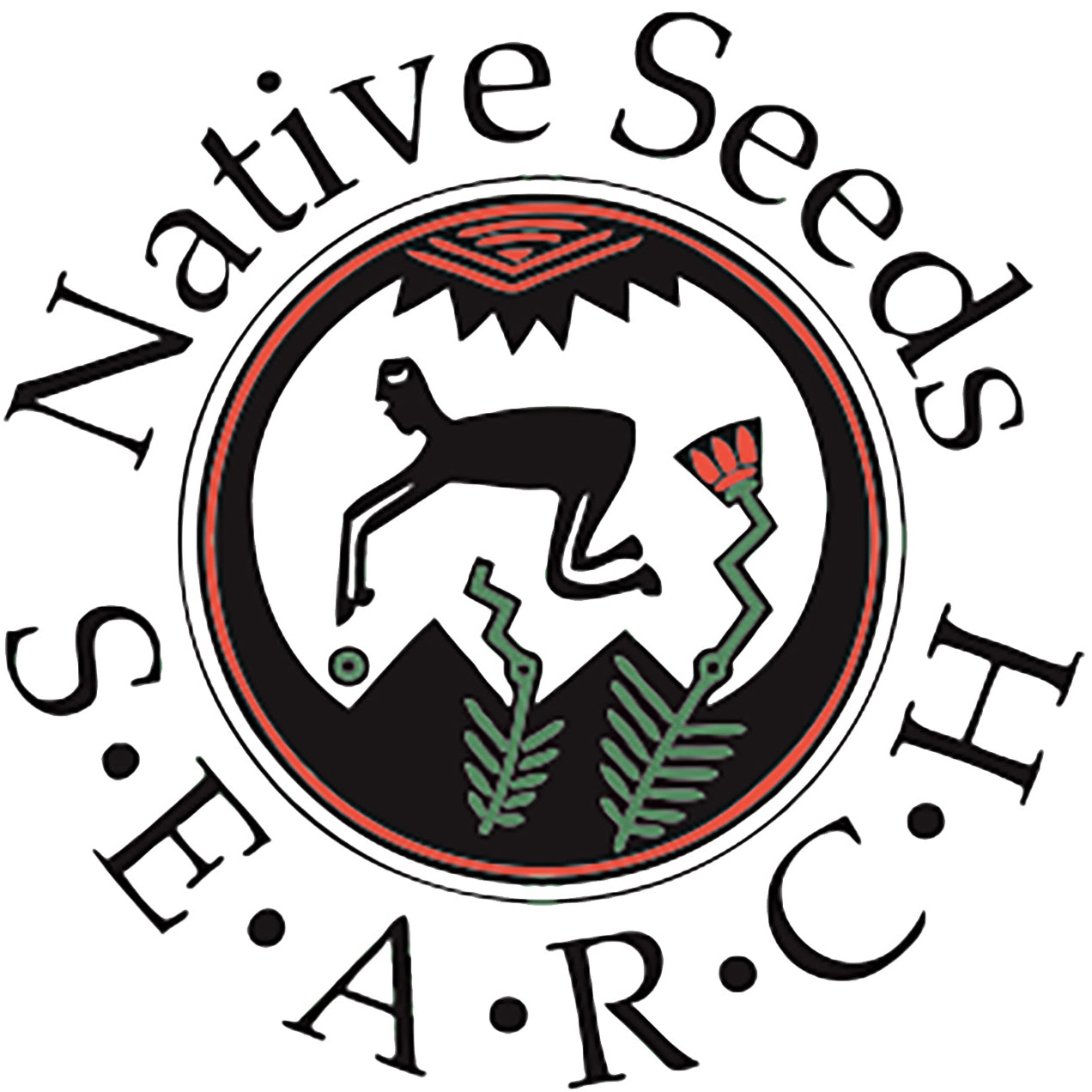
BOTANICAL NAME:
Capsicum annuum glabriusculum
COLLECTION SITE:
Del Rio, Devil’s River, Texas
COLLECTION DATE:
1952/1993
HISTORICAL ORIGINS:
Chiltepines are the wild progenitors of domesticated chiles in the Capsicum annuum species including jalepenos and bell peppers. They grow wild from southern Arizona and Texas through Mexico and Central America. Wild chiles have been intensively utilized by people for 10,000 years. Chile domestication started to occur around 7,000 years ago in central-east Mexico. The wild chiltepines are still widely consumed and are an important economic crop in Sonora.
CULINARY USES:
Chiltepines are popular in Southwestern and Northern Mexican cuisines. They are used to add heat to salsa and soups, and can be crushed straight over a meal or rubbed into food as part of a marinade. When the chiltepines are still unripe and green they are often pickled in vinegar. Chiltepines have even found their way into cocktails and desserts. They rank very high on the Scoville scale (50,000 to 100,000 Scoville units) or an 8 on a scale of 10. But their heat is very fleeting and does not last for a long period of time like other spicy chiles.
NUTRITIONAL BENEFITS:
Chiltepines, like all chiles, are high in vitamins A and C.
COLLECTION DIARY:
The Del Rio chiltepin is an example of how people and plants can form enduring relationships over time. This variety was originally collected by a border patrol pilot, Alvar Pearson, in 1952, during an inspection of the Devil’s River area of Del Rio, Texas. Alvar found a stand of chiltepines growing in a dry river bed which was subsequently flooded in 1968 to fill the Amistad Reservoir. Alvar collected three plants from underneath a mother plant, and propagated them at home.
Two years later, Alvar gave two of the chiltepin plants to Mrs. Dorothy Myers, a resident of Del Rio. Dorothy grew these plants and began to share fruits and plants with neighbors. Her daughter, Sandi Myers, grew up with chiltepines in the pines. Sandi later sent the Del Rio chiltepin seed to Native Seeds/SEARCH in 1993. In a letter that accompanied the seeds, Sandi shared how she remembers, as a young girl of 5-7 years old, giving chiltepines to a little boy who lived behind her, telling him they were candy. The boy was known in the neighborhood as ‘Mean Mike’ and was said to have dropped a brick on Sandi’s head from the top of the fence. Although she was not sure in which order the chiltepin-brick incidents occurred – either after eating the spicy chiltepines like candy or before, prompting Sandy to trick him. Dorothy moved three times within Del Rio, then to Fort Worth for 18 years, and back to Del Rio. Every time, she took her plants along to share with others. When Alvar moved to Florida with his family, and to several other border towns in Texas, he also brought his chiltepin plants, spreading his enthusiasm for these little fruits far and wide.
CULTIVATION TECHNIQUES:
Chiltepines are very drought tolerant, but not frost tollerant. In the wild, they grow as perennial plants and the increasingly erratic weather in our modern era has killed off many wild stands due to early, extreme frosts and droughts. The heartiest chiltepines come from underneath a mother plant such as a mesquite or hackberry. Growing chiltepines from seed is a labor of love, as they will do very little for the first year and germination can be tricky.
The habitat of the wild chiltepin of the Southwestern United States has declined sharply due to urbanization, careless chiltepin harvesters, destructive grazing practices, and woodcutting of nurse trees. In 1999, the Wild Chile Botanical Area was established with the help of Native Seeds/SEARCH. This is an area of approximately 2,000 acres in the Coronado National Forest area near Tumacacori, Arizona. This project has helped to stabilize the wild chiltepin population in Arizona, and now provides a home for the largest collection of wild chiles in North America.
REFERENCES:
Nabhan, Gary Paul & Rood, Ashlee (2004). Renewing America’s Food Traditions: Bringing Cultural and Culinary Mainstays from the Past into the New Millennium. Flagstaff, AZ: Centre for Sustainable Environments.
Nelson, Suzzane (1999). Toasting El Chiltepin. The Seedhead News: 66.
Steen, Bill (2014). Chiltepin Crush. Edible Baja Arizona. Retrieved from http://www.ediblebajaarizona.com/chiltepin-crush
